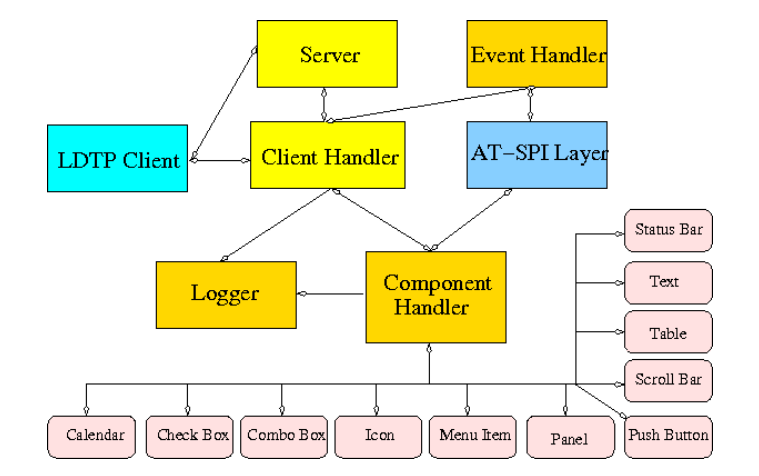Networking Basics - Self Study
A common connection point for the devices like computer, smartphones in the network are due to the hubs, switches, repeaters and routers.

Networking Components:
Hub has multiple ports.
When the frame arrives at one port, it broadcast the same message to all other ports.
Hub does not check the destination address, it simply broadcast to all available ports.
Hubs are less intelligent as it works on physical layer (L1) of OSI model it does not know the MAC address of the ports connected to the network.
It lacks in security, so the attacker can sniff the neighbor packets. (Hubs are outdated)
Hub can create lot of network traffic and lead to poor response times.

Repeater is also similar to hub, but it is used to amplifies the input the signal.
When input signal has both desired signal and noise along with it.
Repeater regenerates the desired signal and noise signal will be eliminated.
Repeater can be used in the situation where there is a long distance in transmission of the input signals.
One common problem between the hub and repeater is that only one network transmission can take place at a particular time. If multiple devices are transmitting data, data collision will be occurred.
Switching-Hub or Switch is a intelligent device and has multiple ports.
Only difference between hub and the switch is that Switch checks for the destination address before it forwards the packets to it.
Switch works in the data link layer (L2) it has the knowledge of the MAC address of the ports in the network.
It creates a link to the two device based on the MAC addresses.
If the a data is sent from computer A to computer B, the data will be sent only to computer B.
In the mean while computer C can establish the communication between the computer D.
So the simultaneous communications are possible in switches.
Switch is the intelligent device where we can add more security features firewall in it.
Bridges works in the data link layer (L2), which is used to connect the 2 LAN's in initial stages.
It also works like switches.
Each bridge maintains the forwarding table which consists of <MAC address, Port> associations.
When a packet is received on one of the bridge ports, the forwarding table is automatically updated to map the source MAC address to the network port from which the packet originated, and the gateway processes the received packet according to the packet's type.
Routers: If a user is having only one IP address provided by ISP for Internet connection. User can connect many devices with that IP by using routers for Internet connection.
Routers does the job of connecting many devices in a LAN to the Internet using the same IP address.
Routers works in the network layer (L3), it does forwarding on the basis of the IP addresses.
This concept is used in WiFi routers ( IEEE 802.11 b/g standard routers) with MIMO (Multiple Input - Multiple Output) technology.
Gateway: Works in the transport layer or above. When two or more different LAN technologies are used, router cannot understand these different technologies.
Gateway works like a translator in communicating different networks. Example: ISDN + LAN (GW are used)
finally found a clear Ideas in http://tech-lightenment.blogspot.com/2011/10/connecting-devices-hub-repeater-switch.html

Comments
Post a Comment